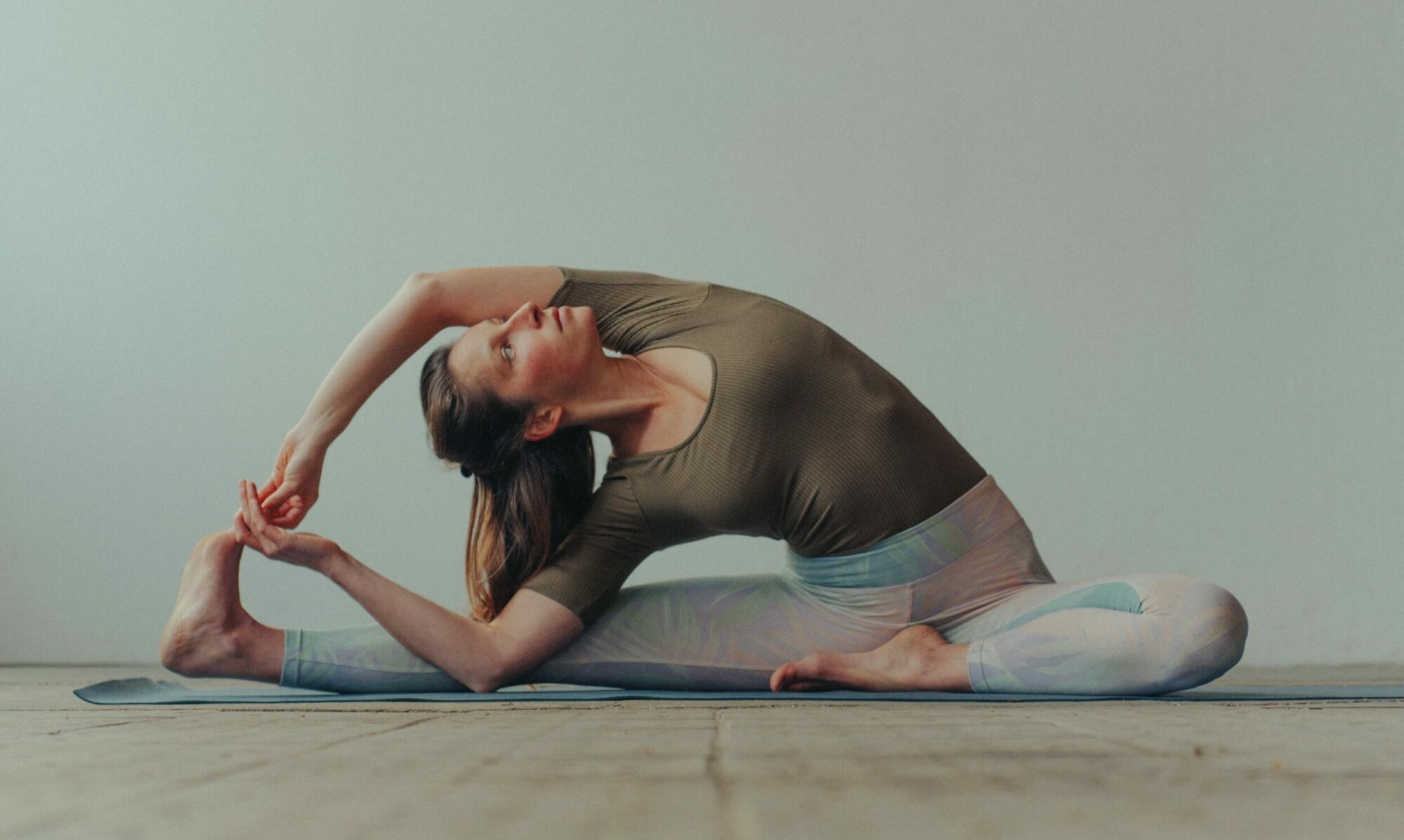Sivananda Yoga became known in the West through Svami Vishnudevananda (1927-1993), one of Sivananda’s main disciples. He founded ashrams, first in Canada and then worldwide, in which the principles of yoga are cultivated according to Indian tradition. In Europe there are two ashrams, in Reith near Kitzbühel (Austria) and in Orleans (France), as well as centers in many large cities such as Munich, Berlin, London, Vienna, etc. They are all well connected. They are all well networked.
The principles in the Sivananda Vedanta Ashram are strictly adhered to in a prescribed daily rhythm. Abstaining from drugs and stimulants such as tobacco and coffee, as well as eating pure, low-irritant vegetarian or vegan food are obligatory.
A fixed daily routine begins at 6.00 a.m. with pranayama, meditation and mantra and kirtan chanting, the worship of Hindu Indian deities. At 8.00 a.m. Hatha yoga practice, 10.00 a.m. breakfast …. 16.00 Hatha yoga practice, 18.00 Dinner, 19.30 Meditation and satsang with worship of Hindu-Indian deities. The founders and spiritual teachers Swami Sivananda and Swami Vishnu Devananda, whose pictures are displayed in the rooms, are particularly revered.
An example of reciting and chanting mantras
Yoga vacations are possible in the ashrams at any time. You can stay in the ashram individually as a vacation guest all year round, take part in the daily routine and dedicate yourself to the study and lifestyle of this yoga.
There are two streams:
On the one hand, the international Sivananda Yoga Centerswhich go back to Vishnu Devananda and are now run by Archaryas.
On the other hand the Yoga Vidya Centerswhich were set up by Volker Bretz, alias Sukadev (*1963), after he left monasticism. Noteworthy here is the comprehensive reference work “Yogawiki”which he brought into being. However, its appearance and offerings differ significantly from the original Sivananda Yoga. More about this on theYoga Vidya page.
Trained Sivananda Yoga teachers also teach privately outside the centers. However, Sivananda Yoga attaches great importance to integration into the framework events. The Hatha Yoga practice does not stand alone, but is integrated into the four major yoga paths of Bhaktiyoga, Karmayoga, Jnanayoga and Rajayoga, which they refer to as “Integral Yoga”.
The Hatha Yoga practice
A class begins with extensive relaxation, the collective singing of OM and recitation of mantras, followed by Pranayama Kapalabathi and alternate breathing. Finally, the physical exercises begin with the sun salutation as practiced by Swami Sivananda. This is followed by the so-called Rishikesh series with 12 basic postures, which Vishnu Devananda modified slightly from the original series: headstand, shoulderstand, plow, fish, head-knee position, (inclined plane), cobra, grasshopper, bow, twisting seat, crow or peacock, hand-foot position and triangle. Finally, a final relaxation, as well as Om and Mantra chanting.
The sequence is standardized and is taught in the same way worldwide. Advanced students practise more difficult variations at the appropriate point. It is common for the yoga teachers themselves not to practise, but to walk around and correct the students a lot.
The book“Yoga – for all stages of life” is a classic among the Sivananda Yoga books. It was first published in 1983 and is still very appealing today with its colorful pictures, aesthetic illustrations and drawings. The current standard work is“Better Life with Yoga”
The video shows the Rishikesh series with 12 hatha yoga positions:
More information under Sivananda Yoga in the West and Swami Sivananda – a great saint of India
Continue to Yoga Vidya
Continue to the next yoga style: Tantra Yoga
